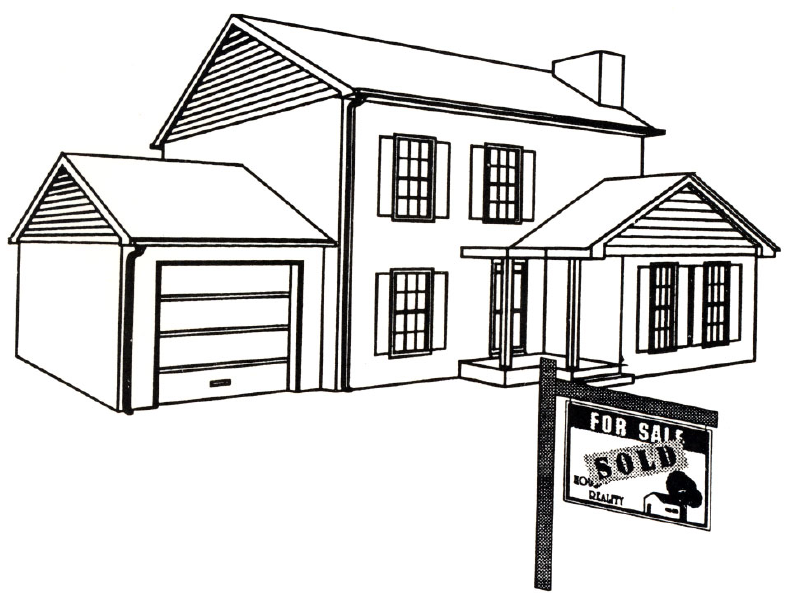RADON
CERL, Inc
ENVIRONMENTAL CONSULTANTS
Radon survey services available from CERL range from building/home inspections and air monitoring.
CERL personnel can provide consultation regarding compliance with current EPAregulations .
===========================================================================================
RADON CAN BE FOUND ALL OVER THE U.S.
Radon comes from the natural (radioactive) breakdown of uranium in soil, rock and water and gets into the air
you breathe. Radon can be found all over the U.S. It can get into any type of building—homes, offices, and
schools—and result in a high indoor radon level. But you and your family are most likely to get your greatest
exposure at home, where you spend most
of your time.
Radon is a radioactive gas. It comes from the natural decay of uranium that is found in nearly all soils. It
typically moves up through the ground to the air above and into your home through cracks and other holes in
the foundation. Your home traps radon inside, where it can build up. Any home may have a radon problem.
This means new and old homes, well sealed and drafty homes, and homes with or without basements. Radon
from soil gas is the main cause of radon problems. Sometimes radon enters the home through well water. In
a small number of homes, the building materials (e.g. adobe) can give off radon, too. However, building
materials rarely cause radon problems by themselves.
Nearly 1 out of every 15 homes in the U.S. is estimated to have elevated radon levels. Elevated levels of radon
gas have been found in homes in your state. While radon problems may be more common in some areas,
any home may have a problem. The only way to know about your home is to test.
SHORT-TERM TESTING:
The quickest way to test is with short-term tests. Short-term tests remain in your home for two days to 90
days, depending on the device. "Charcoal canisters," "alpha track," "electret ion chamber," "continuous
monitors," and "charcoal liquid scintillation" detectors are most commonly used for short-term testing.
Because radon levels tend to vary from day to day and season to season, a short-term test is less likely than
a long-term test to tell you your year- round average radon level. If you need results quickly, however, a
short-term test followed by a second short-term test may be used to decide whether to fix your home.
LONG-TERM TESTING:
Long-term tests remain in your home for more than 90 days. "Alpha track" and "electret" detectors are
commonly used for this type of testing. A long-term test will give you a reading that is more likely to tell you
your home's year-round average radon level than a short-term test.
RADON AND HOME SALES
More and more, home buyers and renters are asking about radon levels before they buy or rent a home.
Because real estate sales happen quickly, there is often little time to deal with radon and other issues. The
best thing to do is to test for radon NOW and save the results in case the buyer is interested in them. Fix a
problem if it exists so it won't complicate your home sale.
During home sales:
• Buyers often ask if a home has been tested, and if elevated levels were reduced.
• Buyers frequently want tests made by someone who is not involved in the home sale.
• Buyers might want to know the radon levels in areas of the home (like a basement they plan to finish) that
the seller might not otherwise test.



